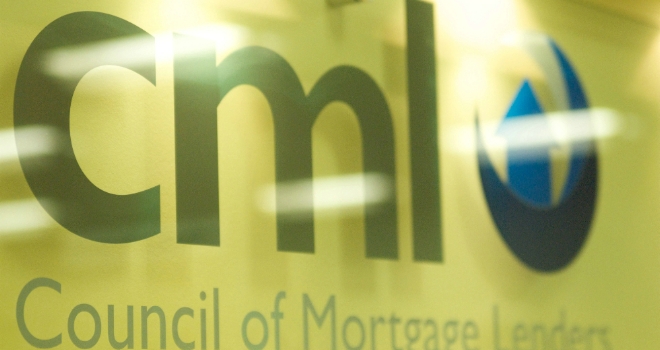
"The target of delivering 200,000 starter homes over the lifetime of this parliament is "too ambitious"."
In its response to a government consultation on the starter homes initiative, the CML says that the target of delivering 200,000 starter homes over the lifetime of this parliament is "too ambitious, particularly when combined with the goal of providing 135,000 shared ownership properties over the same period".
Those joint targets amount to around 112,000 properties annually over the next three years – more than three-quarters of all the properties the CML expects to be built over that period. The Council believes that "it is highly unlikely that such a target could be achieved".
It added that if both targets were to be met, they would have a significant impact on the housing market, with implications not just for starter homes but further up the property chain.
The CML added that lenders have mixed views about how the initiative would sit alongside other measures, like the Help to Buy equity loan scheme. One concern is that this makes it more complicated for borrowers to understand the transaction, and what their equitable interest and obligations are in the property. Some lenders believe that this would make lending more risky.
Firms are also concerned that the potential to combine incentives could deliver a larger increase in the value of the property over a relatively short period. That could boost demand and contribute to instability in property prices. Some firms may choose not to lend on starter homes if buyers are allowed to combine incentives in this way.
In its response, the CML said: "In order to minimise the effect of the scheme on the housing market – and target those who need help the most – we believe that there should be a period of at least three years during which starter homes would be sold at no more than 80% of their market value. This would be followed by a second period of at least five years during which a taper would apply, enabling the home to be sold at an increasing proportion of the market price, moving to 100% over time."
The CML believes that this would help avoid the potential for disruption to the market caused by buyers gaining a rapid uplift in equity in their homes, and wanting to sell their property to benefit from it.
However it raised concerns that there could be strong demand for homes that are available at a discount, and a consequent lack of demand for properties being sold at the full market price.
The CML added: "Most lenders believe that any sale during the discount period should be at full market value, with sellers receiving the share to which they are entitled, and any residual amount being returned to the government. That would make valuing property more straightforward and also provide funding to help the government to continue to support and administer the scheme."





